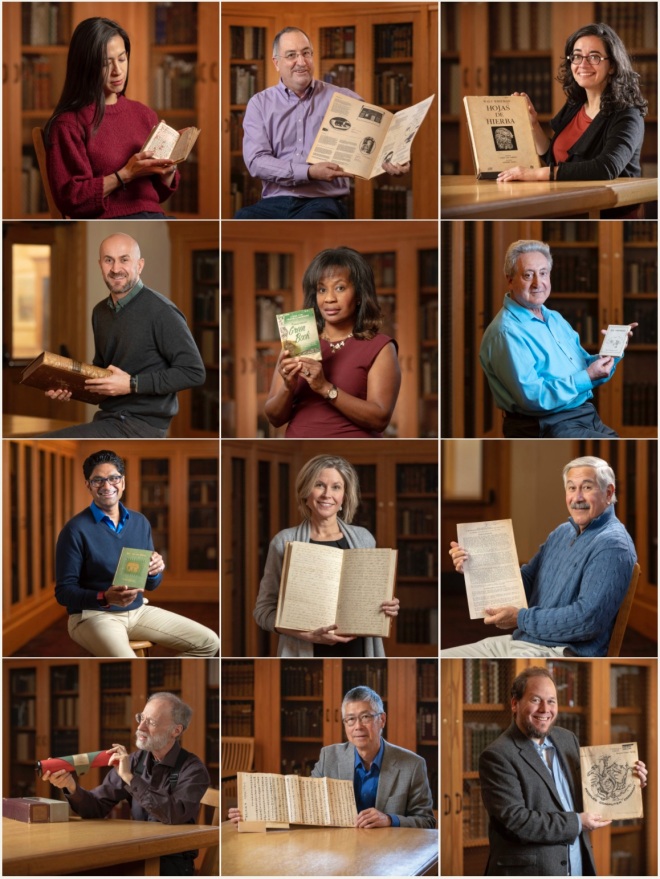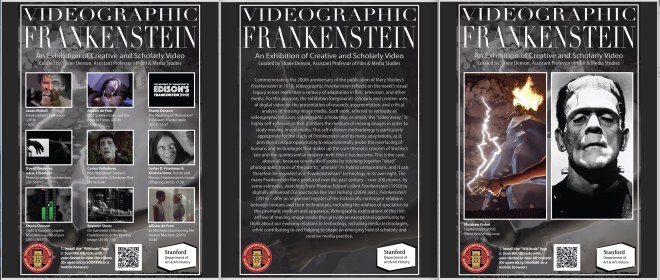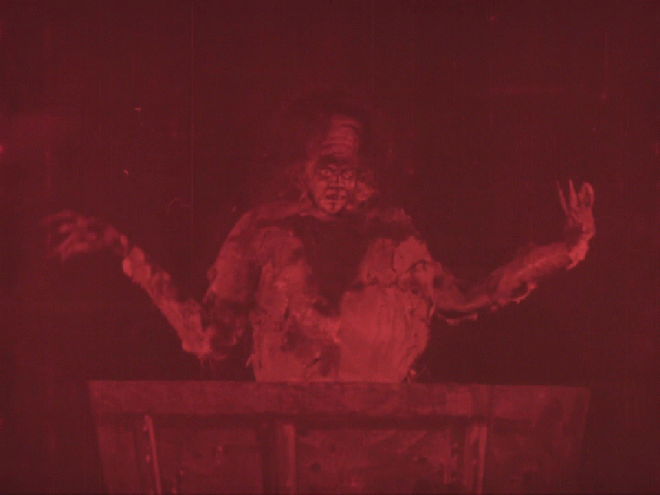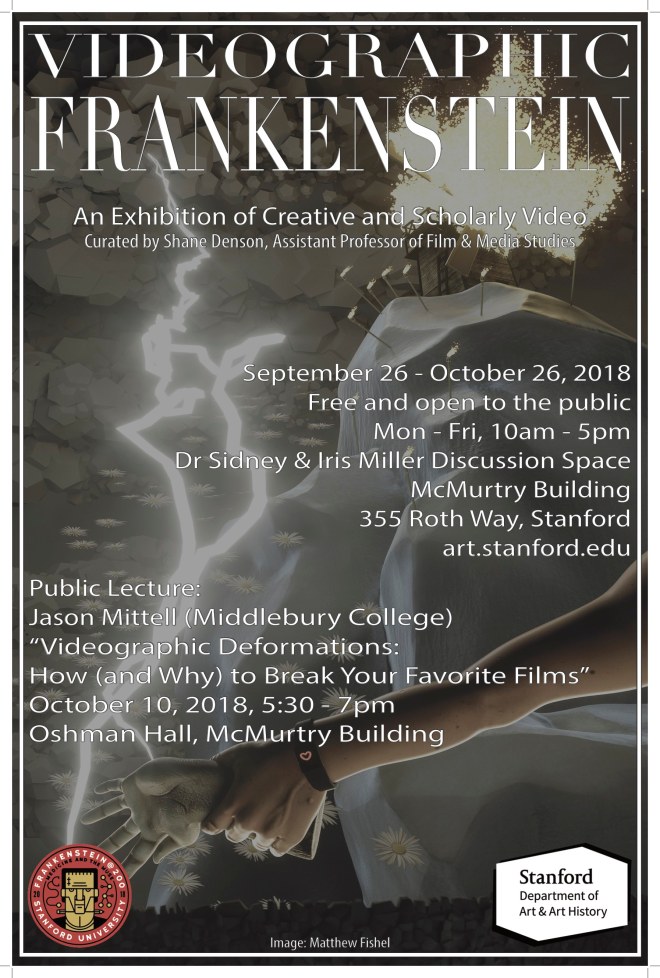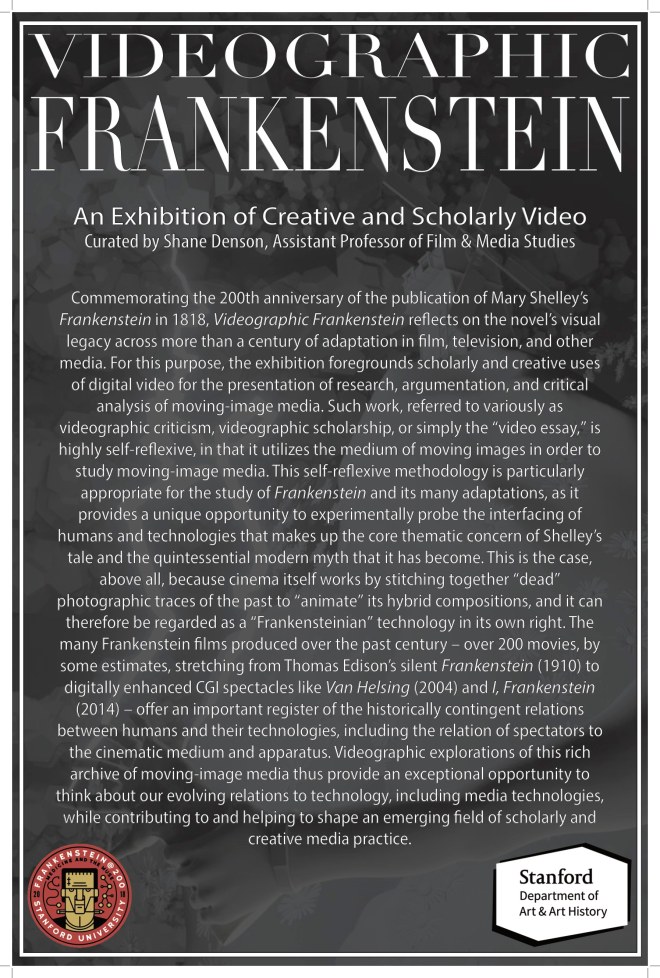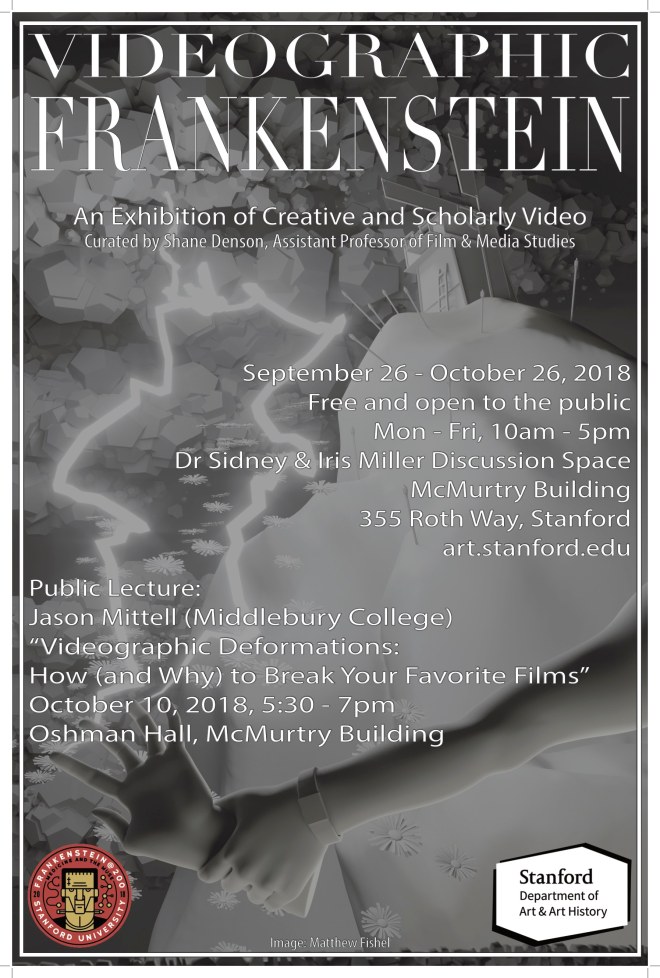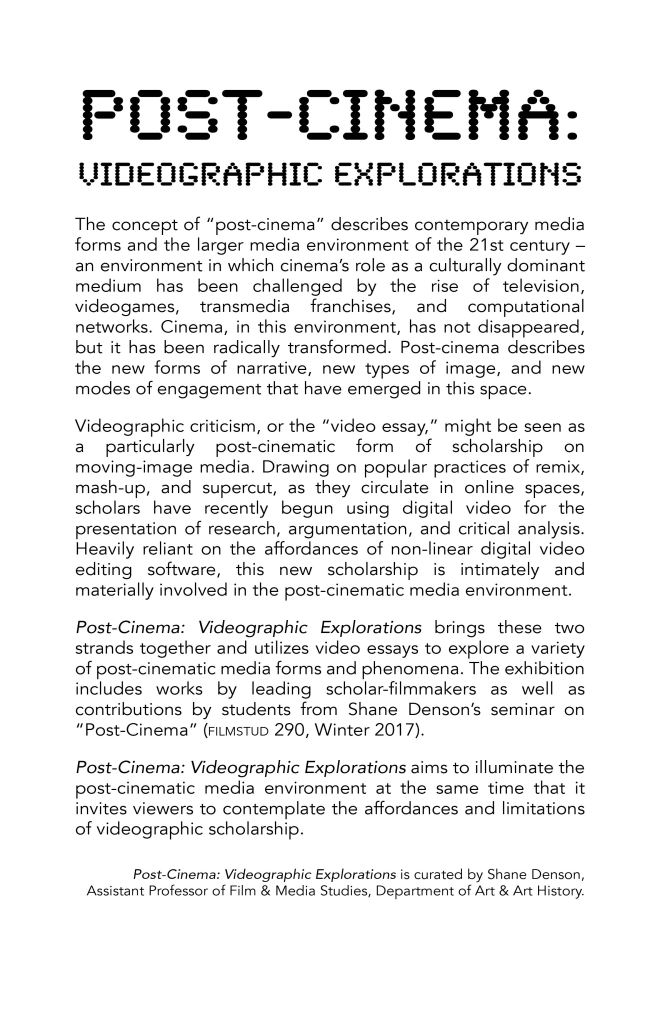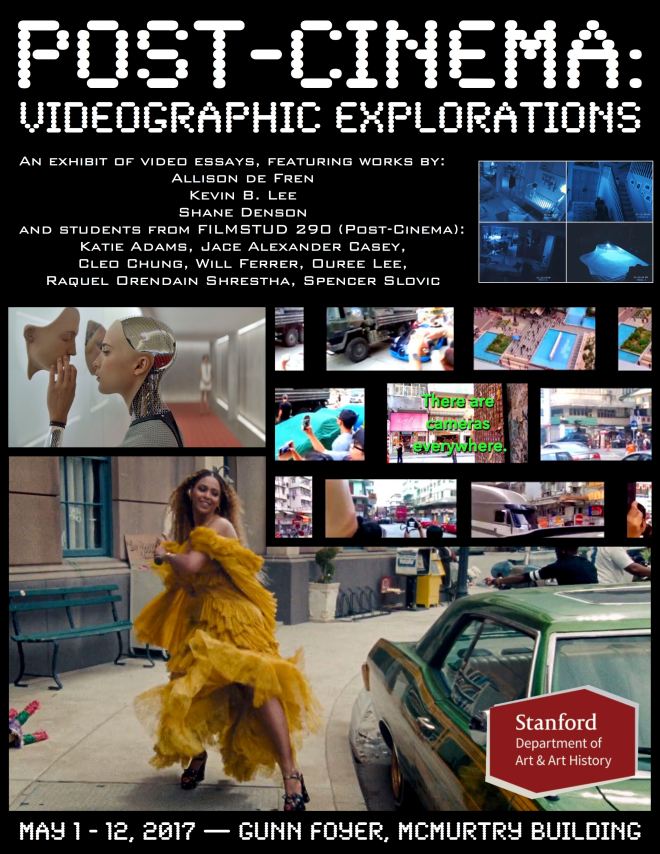
Making Mining Networking went on display on April 20, 2015 at Duke University’s The Edge digital workspace. The show was originally scheduled to run until mid May, but it was extended several times until September 2015. After that, a few of the pieces are slated to be shown in Fall 2015 in an exhibit organized by the online journal Hyperrhiz: New Media Cultures and the Digital Studies Center at Rutgers University Camden.
In the meantime, however, it was reported in late May that the augmented reality platform we used to build the interactive components of our pieces had been sold – effectively putting an expiration date on our artworks. Metaio GmbH, makers of the popular Junaio AR browser and the underlying engine that allowed us to augment our QR-based paintings with videos, 3D objects, and HTML hyperlinks, were acquired by one of the biggest corporations in the business: Apple.
Even before the buyout was confirmed, rumors had started circulating after Metaio abruptly closed their community forums, cancelled their annual developers’ convention, and stopped selling their software and services. An ominous message went up on the Metaio website (metaio.com):
Metaio products and subscriptions are no longer available for purchase.
Downloads of your previous purchases will be available until December 15th, 2015, and active cloud subscriptions will be continued until expiration. Email support will continue until June 30th, 2015.
Thank you.
(No, thank you!) Lacking any explanation, users of the Metaio/Junaio AR platform were left to speculate about the future of their advertising campaigns, educational applications, and (as in our case) artworks.
Shortly thereafter, after the acquisition by Apple came to light, our worst fears were confirmed in the FAQs section on junaio.com. There we read:
Channel publishing to Junaio is no longer available. All existing channels will continue to be available until December 15th, 2015.
In other words, the pieces included in Making Mining Networking will no longer be functional at the end of the year. The QR codes painted on these canvases will no longer work; the pieces will then be flattened from the interactive physical/virtual assemblages they were designed to be and rendered into … paintings. Or worse, they will retain an executable dimension, albeit a non-operational one, and it will be supplemented by a weirdly representational dimension: effectively, these will then be paintings of 404 error codes.

Like all of the pieces, “The Magical Marx-Markov Manifesto Maker” is therefore destined to lose its magic; the QR code, when scanned with a smartphone, will lead the user’s browser into virtual nothingness. On the other hand, though, pieces like “The Gold Standard” and “Gnomecrafting” might still have something to tell us – precisely because their non-operationality will render visible the inevitable entanglement of proprietary platforms and obsolescent objects that is the material heart and soul of digital capital.

Making Mining Networking is (or was?) about probing the borders between the virtual and the physical – boundaries that are inscribed in stone (e.g. rare earths) as much as they are written in code. With our works, we have sought to invite users to experiment with this interface, opting for a playful approach to a space that we know is about deadly serious transactions (in the realms of capital and of the environment, to begin with). We installed our data gnomes at the physical/virtual border where they stood as talismans to ward off the bad spirits of digital capital – but we were never so naïve as to believe that they could really protect us for long. We still believe that we regained something of personal value by reclaiming our data from corporate mining and making something weird and inscrutable with it, but now a corporate transaction is about to render our productions invisible.

Again, however, it is the seeming totality of such corporate power to make things invisible – to make all that’s solid melt into zeroes and ones – that is paradoxically made visible at this juncture, where links are inoperative, QR codes are non-functional, and paintings are not just paintings but paintings of such failure.



Following our initial disappointment, then, we now now eagerly await the appointed date, our “doomsday” of December 15, 2015 – when the truth of Making Mining Networking will be revealed. Will it be a simple 404 message, or can we hope for something else to make manifest the physical/virtual interface as it exists in our era of climate change, high-speed finance, and the biopolitical mining of all that breathes and lives? Only time will tell…
In the meantime, these works exist as reminders of the expiration date that is implicitly inscribed in all of our devices – and, potentially, our very planet – at the hands of global digital capital. Play with them, think with them, experience with them – and await with us their obsolescence…






